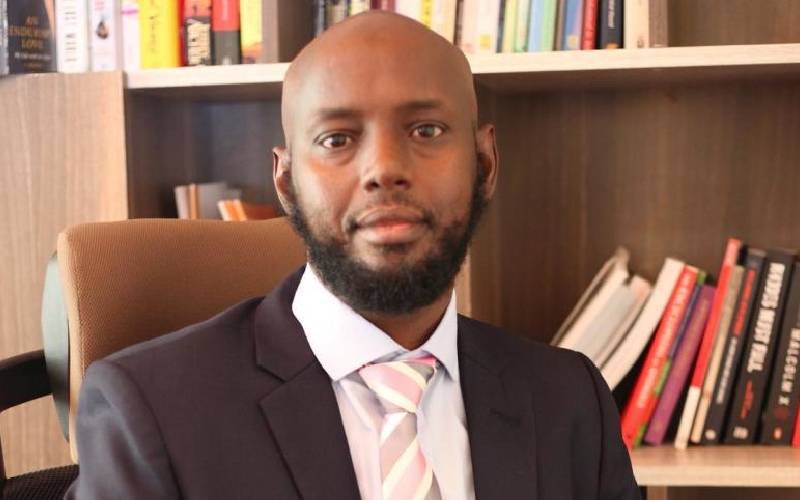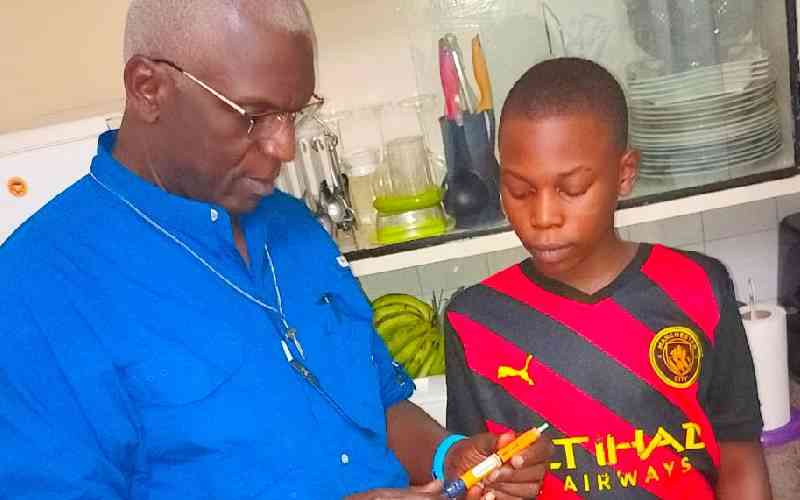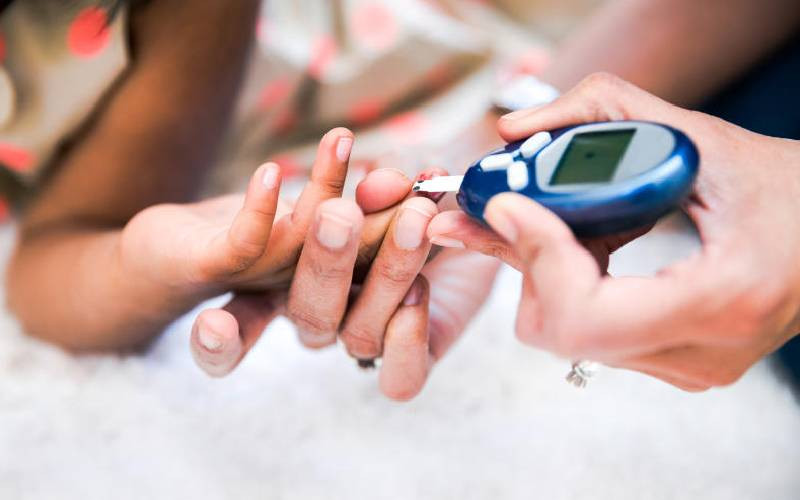
Sidney Chahonyo suffers partial hearing loss but that has not stopped him from going about his life.
It all began at the age of seven during a trip to Mombasa. “I got a very bad case of mumps. I was treated for malaria and my body reacted to the treatment, as I lost hearing on the left side,” he recalls, adding that things got worse when he was diagnosed with cancer of the post-nasal space at the age of 19.
By this time, he had a one-sided hearing and had been warned about losing his hearing completely because of radiotherapy and the proximity of the ear to where the cancer was.
 The Standard Group Plc is a multi-media organization with investments in media
platforms spanning newspaper print
operations, television, radio broadcasting, digital and online services. The
Standard Group is recognized as a
leading multi-media house in Kenya with a key influence in matters of national
and international interest.
The Standard Group Plc is a multi-media organization with investments in media
platforms spanning newspaper print
operations, television, radio broadcasting, digital and online services. The
Standard Group is recognized as a
leading multi-media house in Kenya with a key influence in matters of national
and international interest.











